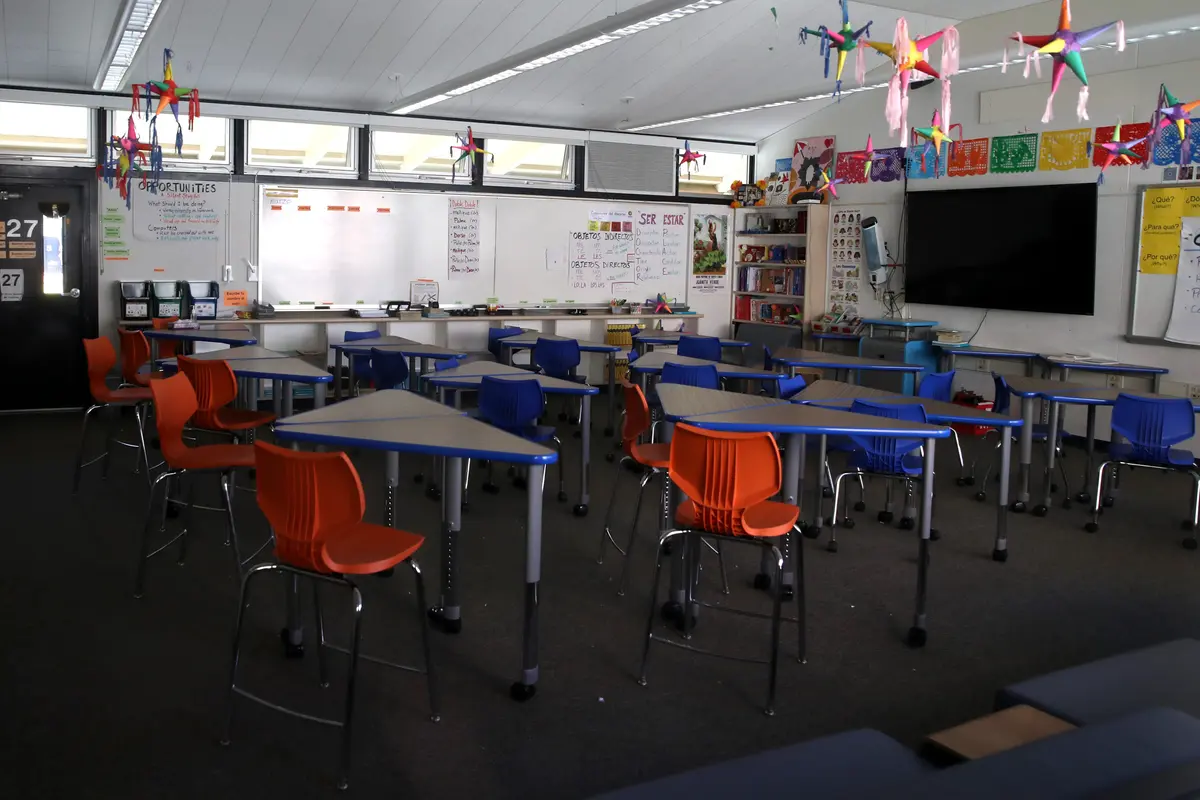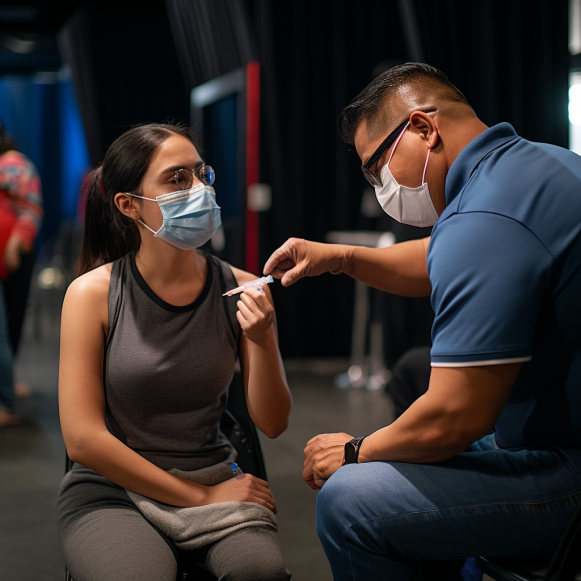Longer COVID School Closures Linked to Youth Suicidality, Research Finds, Doctors Echo

Texas, which had more in-person education from 2020 to 2022, had lower rates of emergency department youth suicidality visits than Massachusetts.
A research letter discovered that longer COVID school closures were associated with more emergency department youth suicidality visits.
Researchers from the University of Massachusetts Chan Medical School led the study, which was published on JAMA Network Open on November 10.
“This cohort study found an association between longer school closures in the public health response to the COVID-19 pandemic and increases in youth suicidality,” the researchers wrote, adding that more research is needed so that “policy regarding school closures may better align with the mental health needs of youth.”
Comparing Texas Against Massachusetts
The authors compared emergency department visits in Texas and Massachusetts for suspected suicide attempts in 12- to 17-year-olds.
The authors discovered that Texas, which had more in-person education from 2020 to 2022, had lower rates of emergency department youth suicidality visits than Massachusetts, which had more prolonged school closures.
According to Burbio, a media company that tracks school openings, enrollment, and budget, Texas was ranked eighth out of 50 states for providing the most in-person education in 2020, while Massachusetts was ranked 39th.
From March to August 2020, all schools were closed. During this time, the authors noticed an increase in emergency room visits for suspected suicide attempts in both states. Prior to school closures, Massachusetts reported 115 suicidality ED visits per month; this increased to 176 in 2020-21. Prior to the lockdowns, Texas reported 505 cases of youth suicidality visits, which increased to 756 in 2020-2021.
However, beginning in September 2020, both states began reopening schools, with Texas being the first.
By September 2020, 40 to 60 percent of Texas public schools had returned to in-person instruction, whereas only 20 to 40 percent of Massachusetts schools had done so.
According to Burbio, in January 2021, 80 to 100 percent of Texas schools were in-person, while 20 to 40 percent of Massachusetts schools were in-person.
In the 2021-22 academic year, the authors discovered significant differences in emergency department youth suicidality rates between the two states, with higher rates reported in Massachusetts.
School Closures and Mental Health Risks
Studies on school closures and mental health have produced contradictory results. A study of youth suicides during the pandemic discovered that they tend to occur during school terms, with a decrease during the holidays.
Another study discovered a sudden drop in teen suicides during early lockdowns.
Despite this, most studies show a decline in adolescent mental health and an increase in suicidality, according to Dr. Yael Dvir, lead author and associate professor of psychiatry at UMass Chan Medical School.
This has also been reported in studies conducted by researchers at the Centers for Disease Control and Prevention in the United States.
“However, it is very possible that subgroups of teens responded differently to the pandemic and to school closures, so that some showed improvement,” she went on to say.
Pediatricians who were not involved in the study reported similar findings about school closures and rising mental illness.
“We definitely dealt with a significant rise in mental health concerns as a result of the pandemic and school closures,” Texas pediatrician Dr. Derek Husmann told The Epoch Times.
During the pandemic, Dr. Renata Moon, an associate clinical professor of pediatrics at Washington State University’s Elson S. Floyd College of Medicine, echoed Dr. Husmann’s observations.
“We saw a tremendous increase in teenagers and even pre-teens seeking help for anxiety, depression and thoughts of self harm during pandemic related school closures,” she said in a statement.
“I was seeing 6-7 kids in my office with these complaints every day.” The mental health counseling services were completely overburdened and unable to keep up with the volume of referrals.”
“Most of the time, it was anxiety, with seemingly anxiety coming in second, despite the fact that they often go hand in hand.” “In my opinion, the baseline stress level for almost all of us has increased significantly since the pandemic, and for a variety of reasons,” Dr. Husmann added.
Dr. Husmann stated that none of his patients had reported suicidality to him, though he was aware of a case in which a child committed suicide after continuing to attend school at home after lockdowns and school closures were lifted.
Reconsidering the School Closure Policy
More research, according to the authors, is needed to ensure that future school closure policies are in the best interests of students’ mental health.
Dr. Moon agreed, believing that her contract with Washington State University’s medical school had been terminated because she had publicly expressed her concerns about the safety of the COVID vaccines.
“Discussions were required to consider focused protection for our vulnerable ‘at-risk’ members of society.” Our children faced virtually no risk of death from Covid-19 infection. We had plenty of data to discuss, but public health officials continued to impose unnecessary and harmful lockdowns and went after any physician who expressed concern.” Dr. Moon wrote a letter.
“Teenagers rely on school not just for education but also socialization,” she said. “Not having the opportunity for in-person social contact with peers created loneliness and disconnect for teenagers, an age group that, for developmental reasons, puts great importance on peer relationships.”






